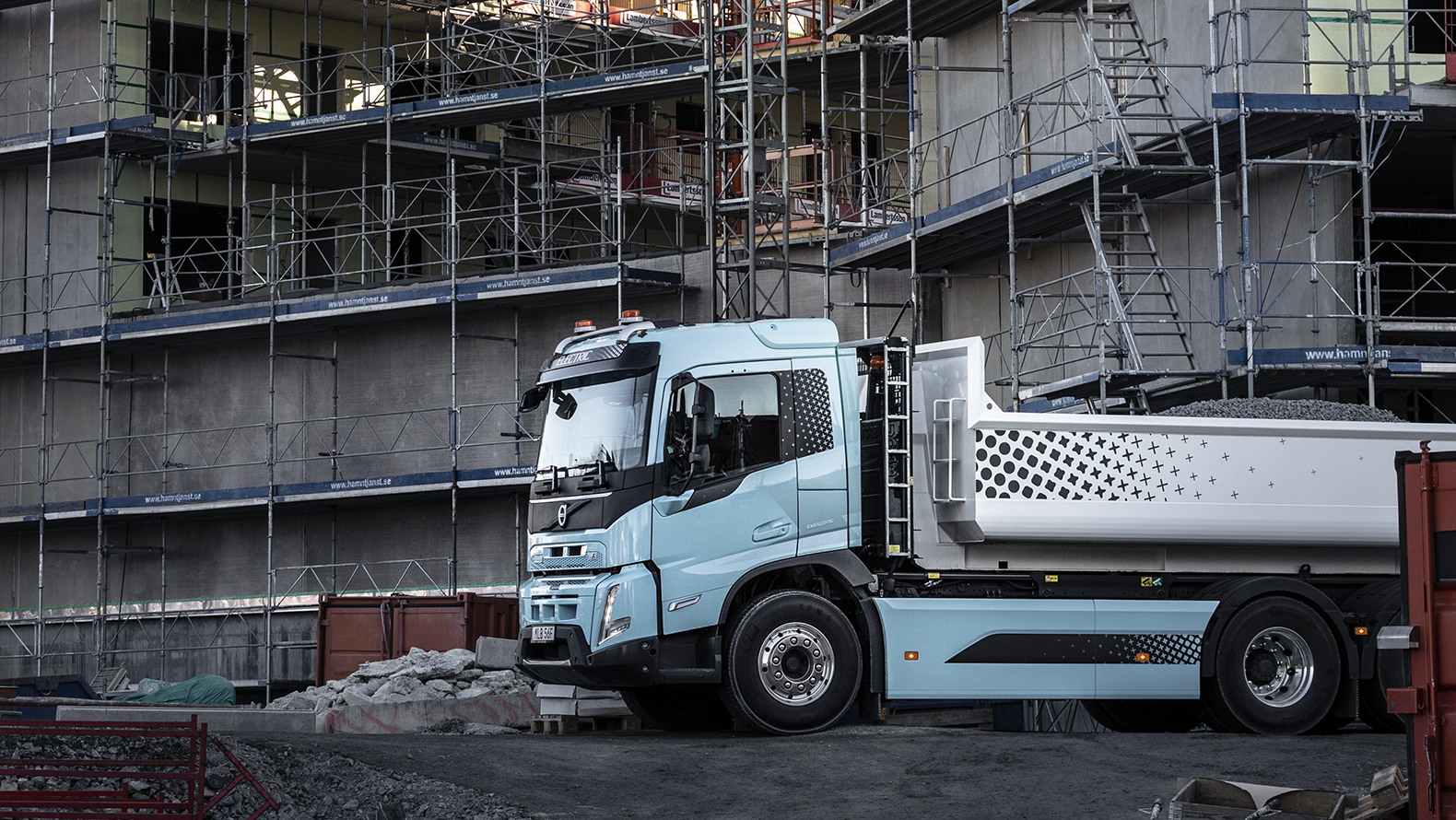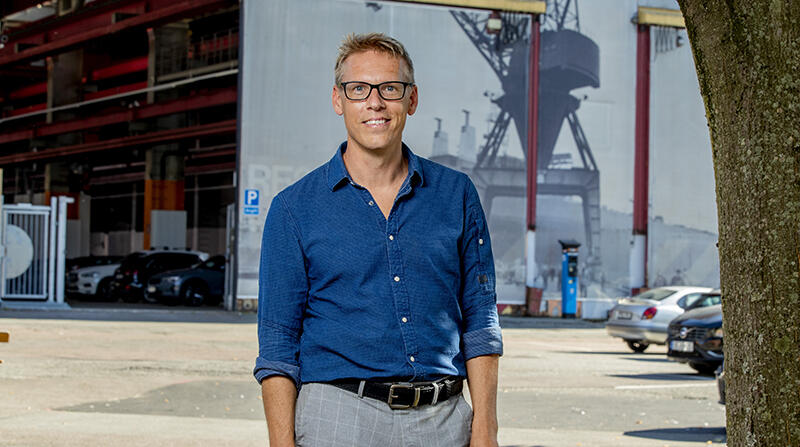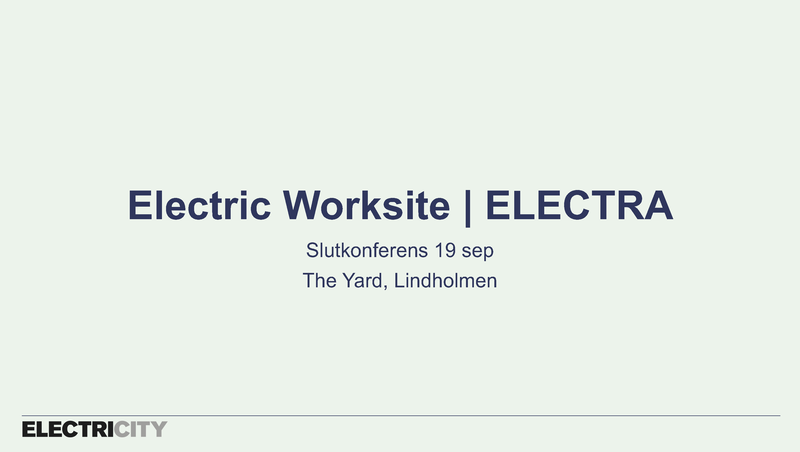Electra
Within Electra, the project partners have worked on how to electrify transports to and from construction sites. With a clear focus on a system perspective, the project has contributed a crucial piece of the puzzle to electrify and make the construction and civil engineering industry more sustainable, while benefiting the environment and citizens through reduced emissions and noise.

A significant and resource-intensive part of the construction process consists of transports to and from construction sites. Transport and excavation work in the construction sector make up about 10–15 percent of the entire transport sector's emissions, or up to 4–5 percent of Sweden's total CO2 emissions. In relation to the buildings' climate impact and energy use, transport during the construction phase is often a forgotten environmental issue.
The deployment of electric trucks on the market is underway and the construction industry is preparing for a change. So far, only an insignificant proportion of construction transport is done with the help of electric trucks and it is of great importance to increase knowledge and gain an understanding of how they can be applied in different environments as well as the impact and requirements of electrification from a societal system and construction process perspective.
Within the Electra project, several different actors have been working to increase knowledge about the system changes required in urban environments based on the introduction of coordinated planning and optimization of electrified transport vehicles in the construction industry, as well as to identify new conditions and business models that the transition will require.
Results
Three areas have been identified as having a major impact on how we will carry out the transition to an electrified building and mass logistics system.
- The actors' roles in creating predictability and planning
- How we should relate to charging infrastructure (permanent or temporary, public or private and bookable or not)
- How we can support planning for high levels of utilization and transport efficiency.
If we are to succeed in electrifying mass transport, the focus must be on enabling an increased degree of utilization (of both vehicles and charging infrastructure) and transport efficiency, and that it can be ensured over a longer period of time. Investments in high-power chargers and electric trucks need to pay off, and then a high degree of utilization is a prerequisite for achieving profitability. Here actors such as municipalities, clients and contractors need to take more responsibility for creating conditions through longer contracts and more long-term planning.
In order to succeed, we will need to plan more and better. At a strategic level regarding the location of charging infrastructure and capacity in the electricity network. At the tactical level, the matching between type of vehicle and type of project. At the operational level regarding route planning and charging intervals. In order to plan better, we need access to high-quality data in large quantities. To reach this data, we need increased data sharing between the actors and greater demands on digitization of transport and the construction industry.
Final report
Final conference
On September 19 2023 a final conference for Electra and Electric Worksite was held. Take part of the presentations here. (In Swedish)
Project period
2022-2023
Partners
Lindholmen Science Park, Johanneberg Science Park, Linköping Universitet, Volvo Technology, Volvo Lastvagnar Sverige, Ecoloop, Göteborg Stad Trafikkontoret, NCC Sverige, Kubicom, ABT Bolagen, GLC Göteborgs Lastbilcentral, Förvaltnings AB Framtiden and Akademiska Hus
Funding
The project is funded by FFI, Strategic Vehicle Research and Innovation.
Contact



